Our adventure on discovery of Italy’s PDO and PGI extra virgin olive oils continues. After having talked in our previous article about oils from Campania, Basilicata, Molise, Calabria and Sardinia, now it is the turn of Puglia and Sicily. These two regions have 5 and 6 PDO and PGI extra virgin olive oils respectively. Let’s get to know them better!
Collina di Brindisi PDO – Puglia
Collina di Brindisi is a PDO extra virgin olive oil produced in 8 municipalities in the province of Brindisi. It is produced using the Ogliarola cultivar (at least 70%) and the Cellina di Nardò, Coratina, Frantoio, Leccino and Piccoline cultivars (up to 30%). This oil has a medium light fruity scent and a slightly bitter fruity flavour. Collina di Brindisi PDO is particularly indicated as a dressing for meat or fish dishes and for preparing cakes.
Dauno PDO – Puglia
Dauno PDO extra virgin olive oil is produced using Peranzana, Coratina, Ogliarola Garganica and Rotondella cultivars. It can be produced with four possible geographical indications: Alto Tavoliere, Bass Tavoliere, Gargano and Subappennino. Dauno Alto Tavoliere must contain at least 80% of oil extracted from the Peranzana cultivar while Basso Tavoliere oil is produced using at least 70% of Coratina. The Gargano indication uses olives from the Ogliarola Garganica cultivar are used (at least 70% of the total), while the Subappennino geographical indication contains the Ogliarola Garganica, Coratina and Rotondella varieties (at least 70%), alone or in combination.
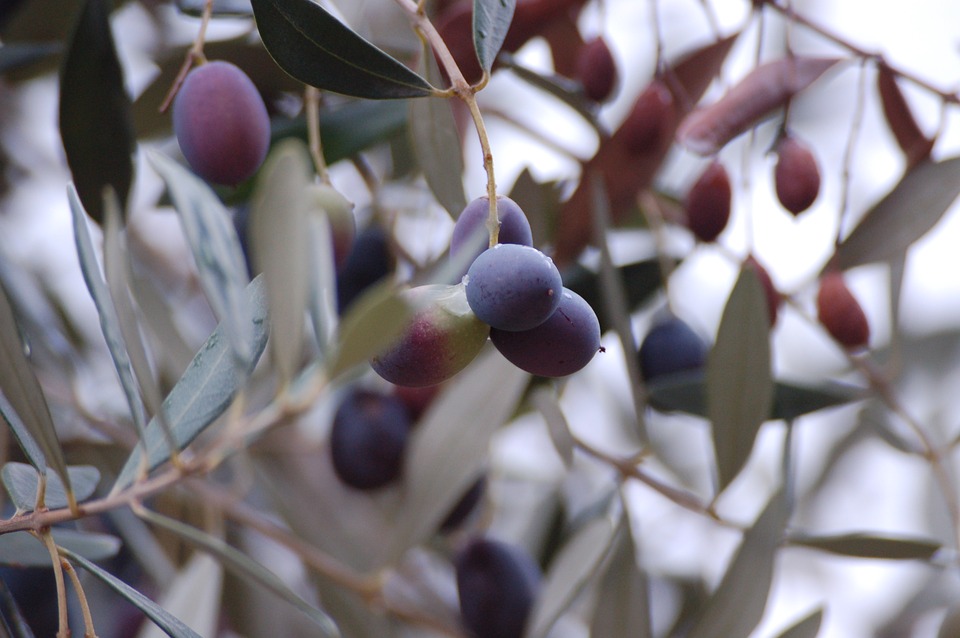
Terra di Bari PDO – Puglia
Terra di Bari PDO extra virgin olive oil is produced in some municipalities in the provinces of Barletta-Andria-Trani and Bari. Terre di Bari PDO must be accompanied by the Castel del Monte, Bitonto or Murgia del Trulli and Grotte geographical indications. For the first indication, olives of the Coratina cultivar (at least 80%) are used; for the Bitonto indication, the Coratina cultivar is used and, optionally, one between Cima di Bitonto and Ogliarola Barese. Altogether, the oil produced from these three cultivars must be at least 80% of the total. The Murgia dei Trulli and Grotte indication, on the other hand, must be produced using at least 50% of the Cima di Mola cultivar.
Terra d’Otranto PDO – Puglia
Terra D’Otranto is a PDO extra virgin olive oil using olives grown throughout the province of Lecce and in some municipalities in the provinces of Taranto and Brindisi. Cellina di Nardò and Ogliarola cultivars (at least 60%) are used to produce this oil. The oil has a medium fruity scent with a slight sensation of leaves and a flavour with a slightly bitter and spicy hint.
Terre Tarentine PDO – Puglia
Terre Tarantine PDO extra virgin olive oil is produced in many municipalities in the area around Taranto. The cultivars used are Frantoio, Coratina, Leccino and Ogliarola (altogether at least 80% in total). This oil has a fruity flavour with a slight spicy sensation. Terre Tarantine PDO is ideal for seasoning vegetable-based pasta dishes such as orecchiette with turnip greens.
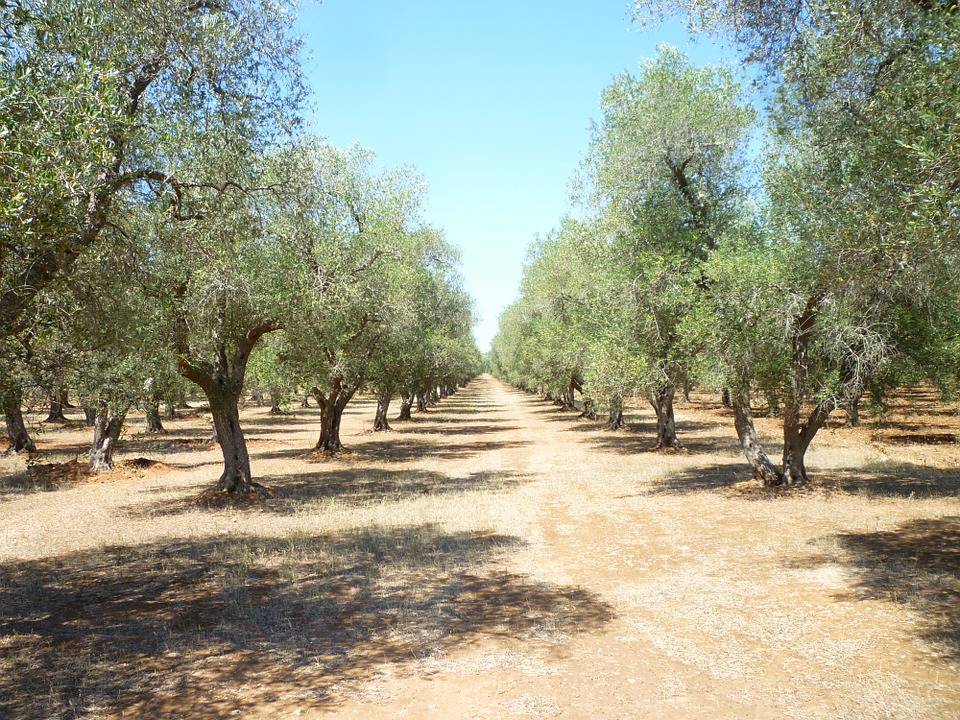
Monte Etna PDO – Sicily
Monte Etna PDO is an extra virgin olive oil produced in Sicily, in the territories of the provinces of Catania, Enna and Messina at the foot of the volcano of the same name. It is produced using Nocellara Etnea (at least 65%) and Moresca, Tonda Iblea, Ogliarola Messinese, Biancolilla, Brandofino and Olivo di Castiglione (altogether up to 35%) cultivars. This oil has a light fruity scent and flavour with a slight bitter or spicy sensation. Monte Etna PDO is ideal on fish, especially grilled.
Monti Iblei PDO – Sicily
Monti Iblei PDO extra virgin olive oil is obtained from the Tonda Iblea, Moresca and Nocellara Etnea varieties. The designation must always be accompanied by the Monte Lauro, Val d’Anapo, Val Tellaro, Frigintini, Gulfi, Valle dell’Irminio, Calatino and Trigona-Pancali geographical indications. Monti Iblei PDO oil is excellent if consumed au naturel on a slice of bread, but is also indicated for vegetables, meat and sweet sauces.
Val di Mazara PDO – Sicily
Val di Mazara PDO is an extra virgin olive oil produced using Biancolilla, Nocellara del Belice and Cerasuola cultivars (altogether at least 90%), and some cultivars such as Ogliarola Messinese, Giarraffa and Santagatese (altogether up to 10%). This oil has an aromatic taste suitable for savoury dishes such as legume soups, and delicious dishes such as fish grills. It also combines well with salads and boiled vegetables.
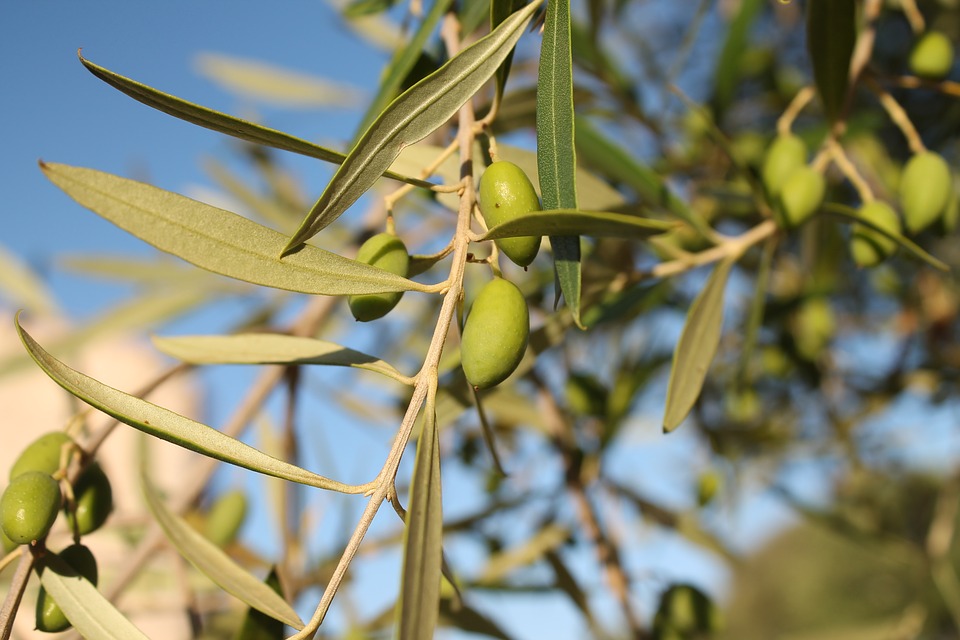
Valdemone PDO – Sicily
Valdemone PDO extra virgin olive oil is produced mainly using the fruits of the Santagatese, Ogliarola Messinese and Minuta cultivars (altogether 70%) and Mandanici, Nocellara Messinese, Ottobratica, Brandofino and Verdello cultivars (altogether 30%). This oil has a fruity scent with a fragrance of fresh olive and hints of herbs, flowers and wild plants characteristic of the olive groves of the production area, while the flavour reveals a slight bitter sensation and an aftertaste of almond, fresh fruit, tomato and thistle.
Valle del Belice PDO – Sicily
Valle del Belice PDO is an extra virgin olive oil produced in 6 municipalities in the province of Trapani. It is prepared using olives of the Nocellara del Belice cultivar (at least 70%) and Giarraffa, Ogliarola Messinese, Cerasuola, Buscionetto, Santagatese, Biancolilla and other minor varieties (altogether up to 30%). This oil has a fruity scent of olive and a flavour with medium to intense bitter and slight to intense spicy sensations. Valle del Belice PDO extra virgin olive oil is particularly suitable for dishes with marinated fish, vegetable-based first courses and roasted meats.
Valli Trapanesi PDO – Sicily
Valli Trapanesi PDO extra virgin olive oil is obtained from the Nocellara del Belice and Cerasuola varieties (together at least 80%). This oil is produced in some municipalities in the province of Trapani. Its scent has some clear notes of olive, with herbal hints. This oil has a strong fruity flavour, with bitter and spicy sensations. Valli Trapanesi PDO is ideal for using au naturel on traditional Sicilian fish-based dishes.


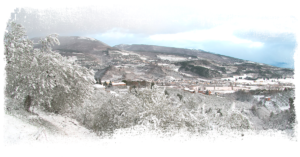
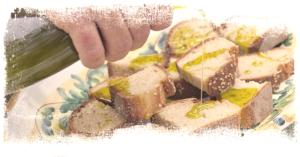


Leave A Comment